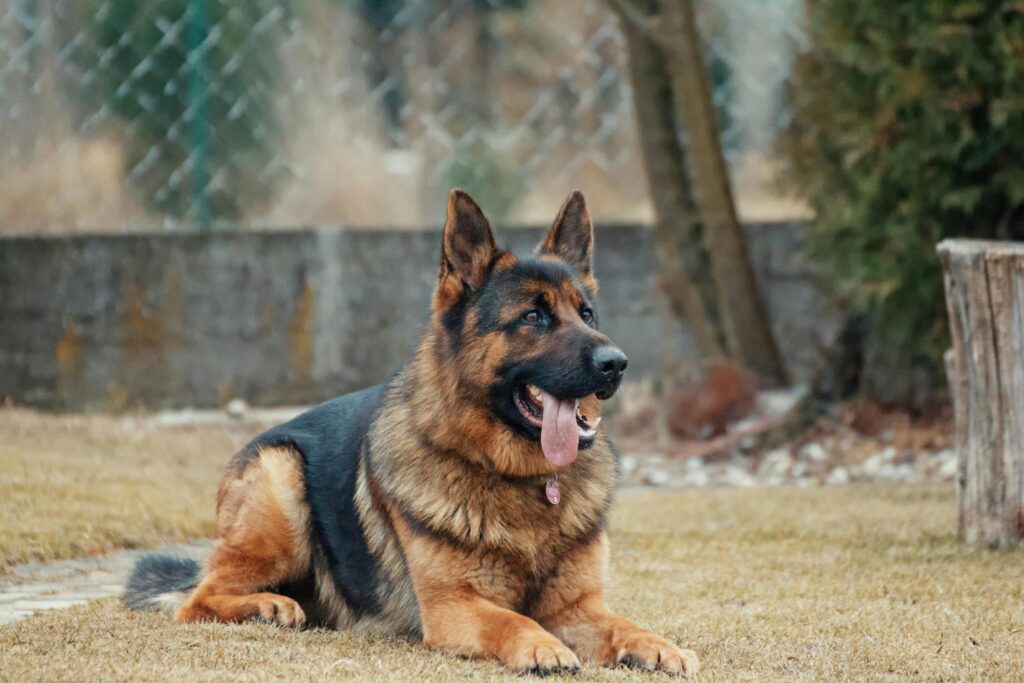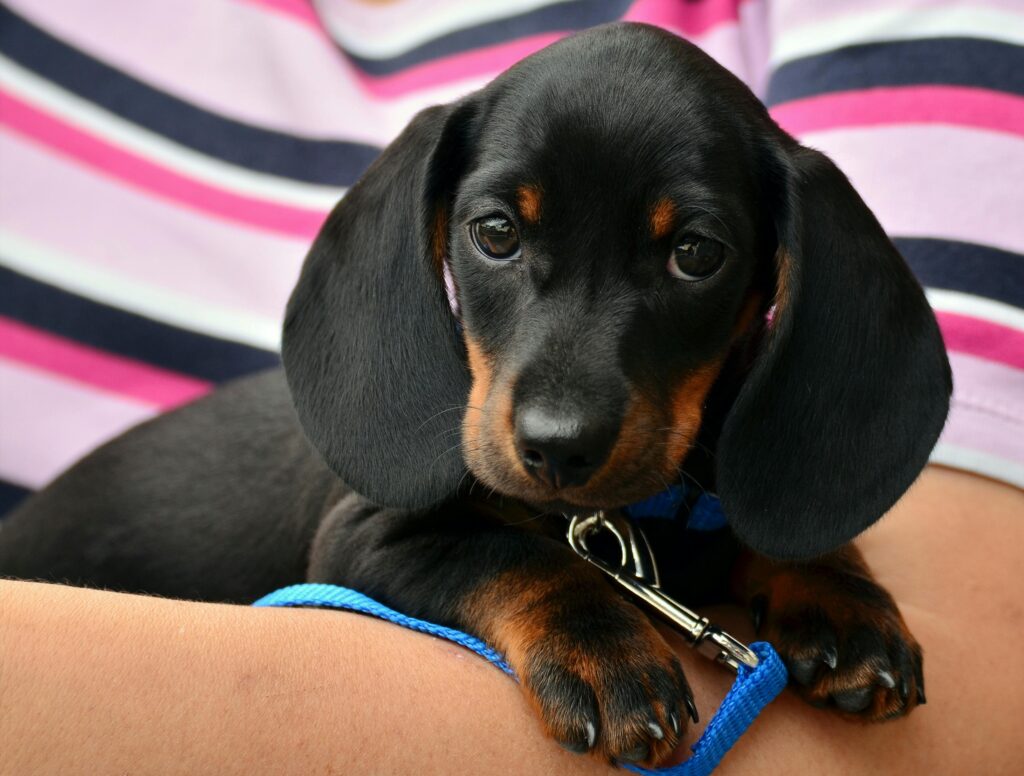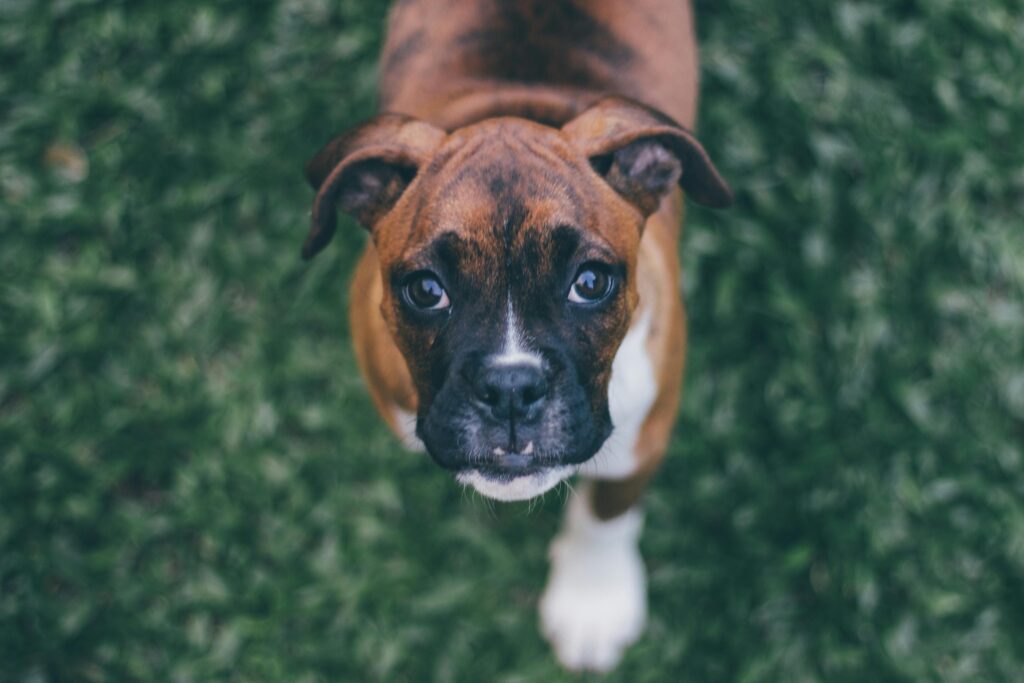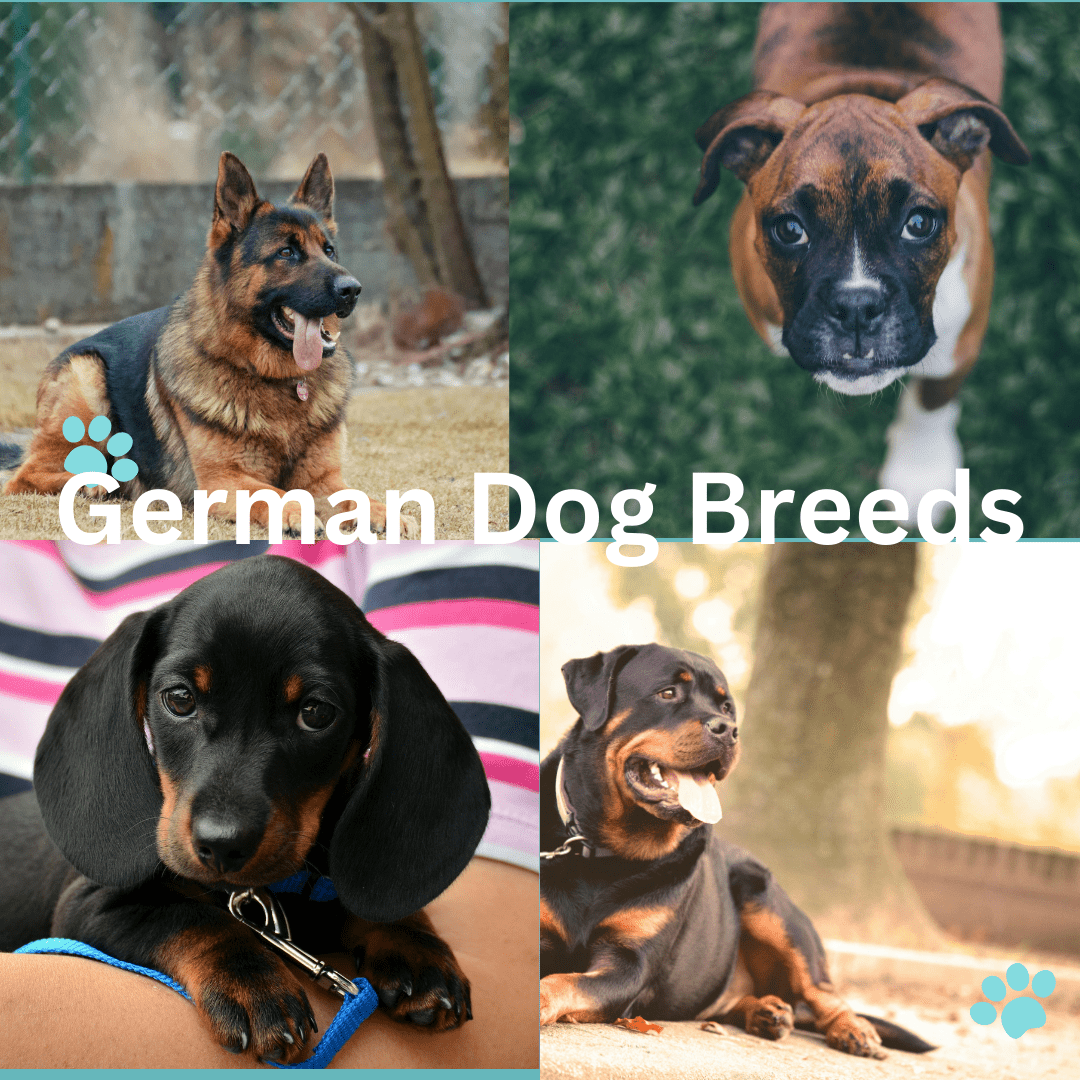German Dog Breeds – Loyal, Brave, and Smart Companions
Germany is known for producing some of the most loyal, intelligent, and hardworking dog breeds in the world. From the courageous German Shepherd to the playful Dachshund, these dogs are revered for their strong work ethic, loyalty, and versatility. Whether serving in the military, acting as service dogs, or simply being devoted family companions, German dog breeds have become some of the most popular pets globally. In this guide, we’ll introduce you to several of these incredible breeds, delving into their histories, characteristics, and why they make such outstanding companions.
Table of Contents
1. German Shepherd
History:
The German Shepherd was first bred in the late 19th century by Captain Max von Stephanitz, who aimed to create the perfect working dog. Known for their intelligence and versatility, German Shepherds have been used in military, police work, search-and-rescue missions, and as service dogs.

Physical Characteristics:
German Shepherds are large, athletic dogs with a strong build. Their coats are typically black and tan, with a double layer that provides protection in various weather conditions.
Temperament and Behavior:
German Shepherds are loyal, protective, and extremely intelligent. They shape robust bonds with their households and are regarded for his or her courage. Due to their intelligence, they require mental stimulation and structured training from an early age.
Care Tips:
These dogs need daily exercise and thrive in active households.Regular grooming is necessary, particularly at some point of dropping seasons. Socialization and training are crucial to avoid overprotective behavior.
Health Considerations:
German Shepherds are prone to hip dysplasia and degenerative myelopathy. With proper care, they typically live 9-13 years.
2. Rottweiler
History:
The Rottweiler’s roots trace back to ancient Rome, where they were used as herding and guard dogs. Later, in the town of Rottweil, Germany, they were further developed for herding cattle and guarding property, leading to the modern Rottweiler we know today.

Physical Characteristics:
Rottweilers are robust, muscular dogs with a short black coat and distinctive rust markings. Their large size and powerful build make them both strong and imposing.
Temperament and Behavior:
Rottweilers are recognized for his or her confidence, loyalty, and defensive instincts. They are incredibly devoted to their families and can be gentle and affectionate, especially when properly socialized from a young age.
Care Tips:
Rottweilers need regular exercise to maintain their physical and mental health. Training should start early to ensure they grow into well-behaved adults. They have short coats but still benefit from weekly brushing to keep shedding under control.
Health Considerations:
This breed is prone to joint problems, such as hip dysplasia, and heart issues. Their average lifespan is between 9 and 10 years.
3. Dachshund
History:
The Dachshund, or “badger dog,” was originally bred in Germany to hunt small game, particularly badgers. Their long, low bodies allowed them to dig into burrows and flush out prey, making them excellent hunting companions.

Physical Characteristics:
Dachshunds are available in 3 coat varieties: smooth, wirehaired, and longhaired. They are small, elongated dogs with short legs, and they come in a variety of colors including red, black, and tan.
Temperament and Behavior:
Despite their small size, Dachshunds are courageous and independent. They can be stubborn but are also playful and loving with their families. Their lively personalities make them great companions, but they may be wary of strangers.
Care Tips:
Dachshunds require moderate exercise to prevent weight gain, which can strain their backs. Regular grooming is essential, especially for longhaired varieties. Training should focus on patience and consistency, as they can be a bit stubborn.
Health Considerations:
Back problems, particularly intervertebral disc disease (IVDD), are not unusualplace in Dachshunds. With proper care, their lifespan ranges from 12 to 16 years.
4. Doberman Pinscher
History:
The Doberman Pinscher was created in the late 19th century by Karl Friedrich Louis Dobermann, a tax collector who wanted a loyal and protective dog. The result was a breed known for its speed, strength, and loyalty.

Physical Characteristics:
Dobermans are sleek and athletic, with a short coat that can be black, red, blue, or fawn. Their strong build and alert expression make them both elegant and formidable.
Temperament and Behavior:
Dobermans are fiercely unswerving and protecting in their families, making them first-rate defend dogs. Despite their reputation, they can be affectionate and loving, especially with proper socialization and training.
Care Tips:
Dobermans need daily exercise to stay fit and happy. Early training and socialization are important to ensure they are well-rounded adults. Grooming desires are minimal, way to their quick coat.
Health Considerations:
Dobermans can be prone to heart conditions like dilated cardiomyopathy, as well as hip dysplasia. Their typical lifespan is 10-13 years.
5. Boxer
History:
The Boxer originated in Germany withinside the overdue nineteenth century as a operating dog. They were initially bred for hunting large game and later used for guarding and as military dogs.
Physical Characteristics:
Boxers are medium to large-sized puppies with a muscular build. They have a short, smooth coat that is typically fawn or brindle, often with white markings.

Temperament and Behavior:
Boxers are playful, energetic, and affectionate, making them wonderful family pets. They are known for their boundless energy and can be quite goofy at times, but they are also protective and alert when necessary.
Care Tips:
Boxers need plenty of exercise to burn off their high energy. They require consistent training, as they can be strong-willed. Their brief coat is simple to keep with weekly brushing.
Health Considerations:
Boxers are liable to coronary heart conditions, cancer, and hip dysplasia. With proper care, their average lifespan is around 10-12 years.
Conclusion: The Appeal of German Dog Breeds
German dog breeds are some of the most beloved in the world, and it’s easy to see why. They combine intelligence, loyalty, and versatility, making them excellent companions for a wide range of families and lifestyles. Whether you’re looking for a protective guardian like the German Shepherd or a playful friend like the Dachshund, there’s a German dog breeds to suit every need.
When considering a German dog breeds, it’s essential to match their traits with your lifestyle and be prepared for their unique care requirements. With the right environment and attention, these loyal dogs will reward you with a lifetime of companionship.

1 thought on ““Discover the Best German Dog Breeds: Loyal, Brave, and Smart Companions””